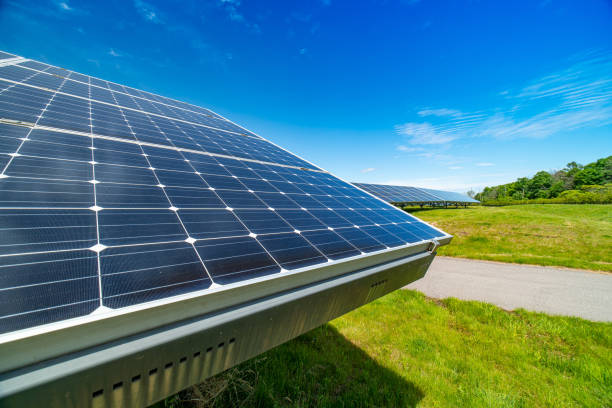
Many homeowners and businesses are now installing solar power systems to offset carbon emissions and reduce energy costs. It is one of the most cost-effective ways to generate clean energy for many decades. Solar’s positive environmental impact is just as impressive. Because solar produces low carbon emissions, it is a renewable energy source.
If we look at solar power throughout its entire lifecycle, it can have an impact on the environment during manufacture, maintenance, installation, and disposal.
Contribution by the Electric Power Sector to Greenhouse Gases
Global warming is a direct result of the increase in greenhouse gas emissions (GHG). India’s coal-based thermal energy generation sector, which generates electricity to meet the country’s growing energy needs, is the nation’s largest carbon dioxide emitter. The annual CO2 emissions from coal-based power plants totaled 1.1 gigatonnes as of December 2020. This accounts for about 2.5% global GHG emissions, as well as one-third India’s total GHG emission and half India’s total carbon dioxide emissions from fuel burning activities.
Many coal-based thermal power plants operate without any pollution control technology. These stations have no carbon capture storage technology and are therefore causing a lot of pollution.
There are many ways to reduce GHG emissions from electricity generation, transmission and distribution. One is to reduce our dependence upon conventional energy sources such as coal and shift to renewable energy sources like wind and solar. to generate power.
Solar Panels: Low-carbon (emissions) Electricity Generation
Solar energy is renewable and green. A solar power system produces electricity that is clean and low in carbon, unlike thermal power from fossil fuels. Solar power plants can generate electricity, which will reduce or eliminate our dependence on coal. A single home or commercial enterprise choosing to use renewable energy is a significant step towards protecting the environment.
Although fossil fuel extraction can cause water and air pollution, it also costs power generation companies a lot. However, sunlight is free and abundant without any environmental pollution. It is a no-brainer that extracting solar energy is much easier and sustainable, making it a low-cost, environmentally-friendly alternative.
Even if we consider the environmental impact of fossil fuels, it is important to remember that traditional energy sources are limited in quantity. We will likely exhaust all non-renewable sources of energy if we continue to consume at the current rate. Switching to solar electricity will decrease our dependence on harmful fossil fuels.
Low Carbon Footprint for Solar Plant Setup and Transportation
Although solar power systems produce less carbon than traditional power systems, they are still not completely harmless. Solar panels are manufactured and transported using a lot of electricity. This power is still derived from fossil fuel power stations.
The solar carbon footprint in the first years of a solar power station’s operation is also significant. For every kilowatt of electricity produced, the carbon emissions are approximately 50g. This is 20 times lower than the CO2 from coal-burning power plants. Your residential or commercial solar panels will be carbon neutral after three years. They’ll pay off any carbon debt over the remaining 20 years of their operational life.
You can reduce your carbon footprint by using green solar energy for your home or business.
Water Consumption in Generating Solar Power
Although water scarcity is not as well-known, it is a significant obstacle to India’s solar goals. Because not all regions have water transmission lines, the expansion of solar power plants often comes at the expense local groundwater. The unpredictable monsoon season has increased electricity demand, as farmers have to use electricity pumps to obtain groundwater to meet their agricultural needs.
Even though solar energy generation using photovoltaic (PV technology) is only a fraction as much as coal, it can still hinder the country’s renewable energy goal of setting up more solar power plants. The manufacturing of solar equipment accounts for nearly 80% of the total solar PV’s water use. It is necessary to maintain the maximum power efficiency and cleanness of commercial and residential solar panels. According to CEEW, the water used in wet cleaning solar panels can reach 7000 and 20000 litres for each wash.
The country will be able to develop well-rounded renewable energy solutions that meet its energy needs sustainably if it has a good understanding of water-energy links.
A solar power plant can bring many benefits to your industrial or commercial property. You will have a lower carbon footprint, better air quality, lower energy and operating costs, and less dependence on the local electricity grid. Amplus Solar, an ISO-certified company that provides customized and technologically advanced solar power solutions in Asia, is a leading provider of renewable energy.
High-quality, commercial solar panels are installed with top-of-the-line solar components. We offer remote energy monitoring systems, HawkAI, to help you monitor your solar plants performance. All of our solar solutions come with an end-to-end guarantee. Are you ready for your off-site or on-site solar plant to be installed?
